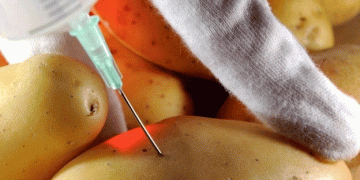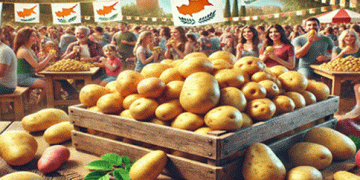To experience the effect of a soil scan, we followed this process for more than a year. For this we go back to the autumn of 2020, when the soil was scanned on a plot that had potatoes this year.
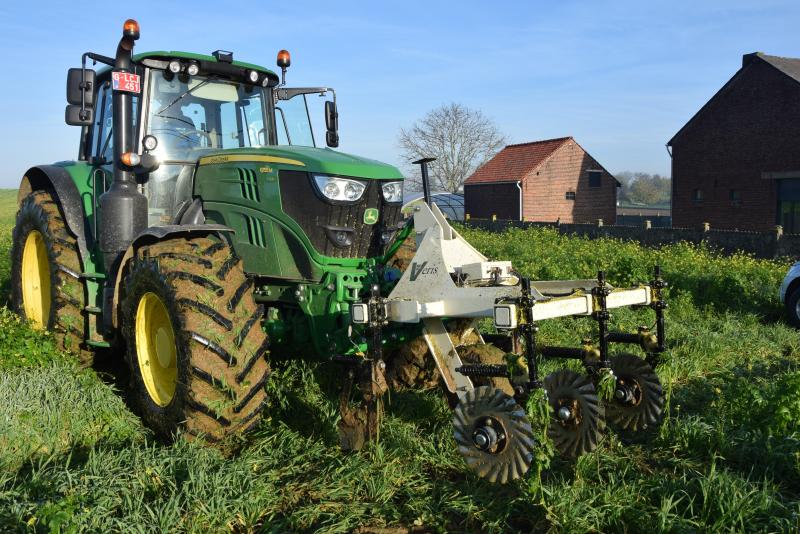
– Photo: TD
We return to Friday morning, November 6, 2020. On that day, the first light frost of the season was a fact. However, this had no influence on the work of Wietse Vangilbergen, Sales Engineer at Vantage-Agrometius. At the time, he was scanning a plot in Holsbeek (Flemish Brabant). To do that, he drove a soil scanner through a field of yellow mustard, which looked very vital.
No soil disturbance
You could barely see what Vangilbergen was doing in the tall crop. After all, the Veris iScan soil scanner only has a limited size and is a device that hangs in the front lift of the tractor. It has 3 discs, trailing feet, a support wheel and a frame. The soil scanner does not have more components, to put it simply. This scanner only goes 2 to 5 cm into the ground, so there is no question of soil disturbance.
This was a demonstration by Vantage-Agrometius. It was not their intention to use this soil scanner as contract work. Incidentally, this type of scanner is a device that farmers can easily purchase themselves. He can combine scanning with another operation on the field. However, the working width must be limited. It is not the intention to combine this with a sprayer or fertilizer spreader that works several tens of m wide.
Even field
Wietse Vangilbergen was only on the road with the scanner and made parallel working passages of 10 m wide through the field. It drove slightly at right angles or at a slight angle to the usual passes to eliminate interference with, for example, a previous pass of sprayer or tillage machine. When the plot was scanned, he drove over it again in a V-shape. For example, he had some double measurements at certain points to check.
The completed work was immediately visible on a tablet or laptop in the cabin. It is advisable not to look at the absolute values, because these can be influenced by the current moisture situation on the plot. It is better to look at the relative values. Immediately the heavier and lighter spots in the field become apparent. (This is a sandy loam plot.)
A green cover is ideal for driving on, because you are then driving on an even field. You can also pass with the iScan soil scanner after a crop has been harvested. This works even after grain maize, but you have to be careful that there are no too deep ruts. These could influence the measurements.
The work that the soil scanner now performs is measuring the organic matter of the plot. The electrical conductivity is also measured (up to 60 cm deep). After the measurements have been taken, everything is mapped out and the plot is divided into zones for variable fertilizer application later, depending on the potash requirement on the plot.
Main and secondary purpose
Even variable planting of potatoes is possible if you have a planter that can do this. “The main goal is not to use less seed per hectare, but to harvest more uniform potatoes. In most cases this also gives a return of about 5%. That also emerged from tests this year,” Vangilsbergen explained to us. “For this reason, we will plant the potatoes 10% further apart in the ‘light’ zones and just 10% shorter in the ‘heavier’ areas.”
The precision technique thus made it possible to have a more uniform potato sorting at harvest and a better potato quality, because quality can be controlled better. Certainly if you are on ‘rented land’, you do not know the correct history of the plot and you should be more careful with the potash fertilization.
250 – 390 E potassium
Back to our practical example: in the winter following the scan, Wietse Vangilsbergen created the task cards. To be good, additional samples should have been taken to better map the organic matter. Because the potato grower is here on rented land, he has omitted this and there is only a view of high and low values in the field, no exact values.
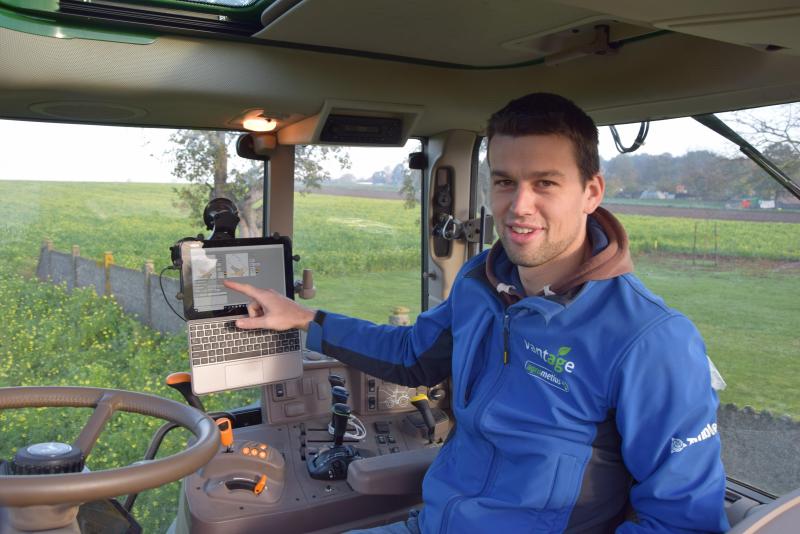
– Photo: TD
Only the EC values were continued and in addition 5 samples were taken in different zones. The advice that followed went from 250 to 390 E potassium. First, 150 E of potash was spread through animal manure last spring. Potassium sulphate was then supplemented per zone on the basis of the task map.
Now that the growing season is over and the potatoes have been harvested, we can look at the advantage of the soil scan. The right amount of potash was given at the right place in the plot. Surpluses or shortages have been avoided. A shortage of potassium led to a lower yield and a high underwater weight, which influences the frying color of chips. Vangilsbergen pointed out that too much potassium is also dangerous, because it makes other nutritional elements difficult for the plant to absorb, such as calcium and magnesium.
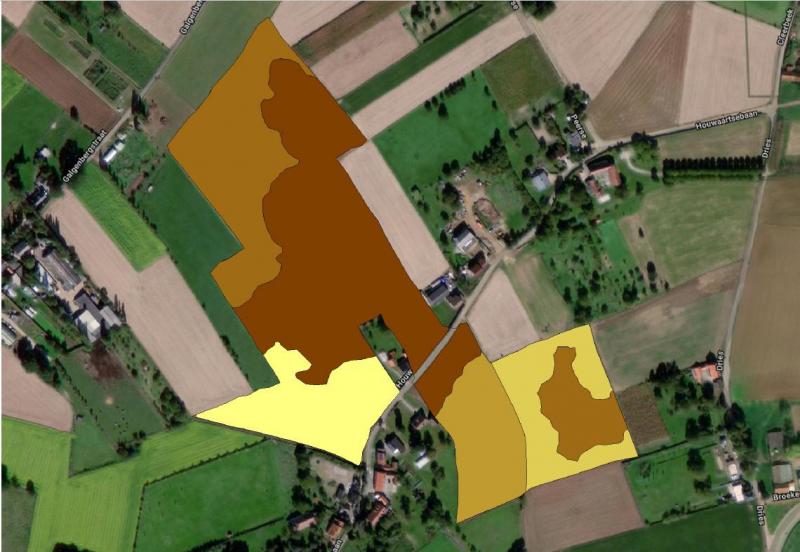
Vangilsbergen indicated that an analysis of all the demo scans that they performed showed that there was a variation in the potassium requirement in the plot of an average of 73 units. It also turned out that the potash requirement was usually only 210 E, whereas potato growers usually provide 300 E potash. In fact, the farmer can save well with his potash fertilization.
He concluded by pointing out the new pre-eco schemes whereby the farmer can enjoy a premium of up to 100 euros per hectare when carrying out variable liming based on the pH map.



